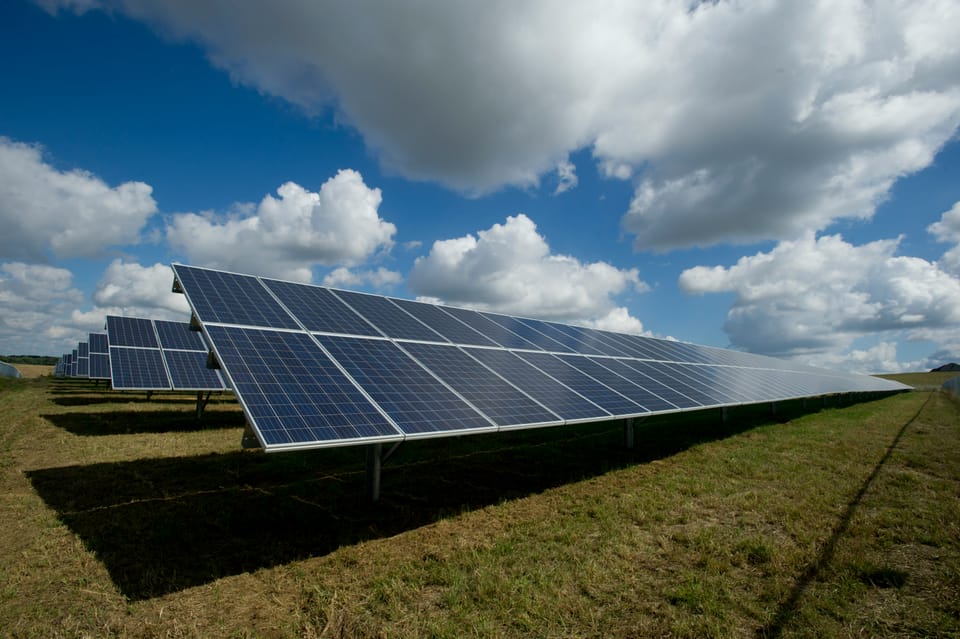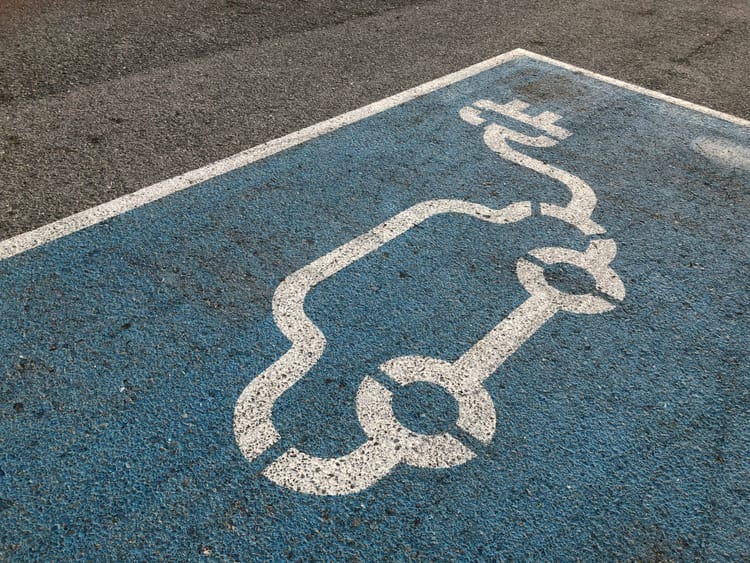US installed ‘record-breaking’ 50 GW of new solar capacity in 2024

Solar and energy storage accounted for 84% of new energy generation capacity installed in the US last year – with a record-breaking 50 gigawatts (GW) of new solar capacity.
This is according to the Solar Energy Industries Association (SEIA) and Wood Mackenzie’s U.S. Solar Market Insight 2024 Year in Review report, published today, which adds that last year was the largest single year for new solar capacity addition in the US, up 21% from 2023.
The US solar industry in general had a great year 2024, with domestic solar module production tripling and US factories now able to meet nearly all the demand for solar panels in the country.
“Solar and storage can be built faster and more affordably than any other technology, ensuring the United States has the power needed to compete in the global economy and meet rising electricity demand,” said SEIA president and CEO Abigail Ross Hopper.
“America’s solar and storage industry set historic deployment and manufacturing records in 2024, creating jobs and driving economic growth. It’s critical that lawmakers continue to support an ‘all of the above’ energy strategy that fosters the growth of American energy sources like solar and storage,” she added.
US capacity forecast amid political uncertainty
The report estimates that total US solar capacity could reach 739 GW by 2035 – but warns that sudden changes to federal tax credits, supply chain availability, and permitting policy could cause a slowdown in solar deployment.
SEIA explains that part of 2024’s success was the materialisation of Biden-ers Inflation Reduction Act (IRA) grants and incentives. Already in 2025, higher demand for solar could be offset by policy uncertainty, leading to stagnation in new solar installations.
In the coming years, the AI-related boom in data centers, the growing US manufacturing base, and wider electrification of the economy could drive electricity demand to increase by as much as 15%. But at the same time, “President Trump’s flurry of executive orders brought uncertainty to the solar industry,” notes the report.
Among the policies hindering the growth of the solar sector are Trump’s prioritisation of thermal and hydropower generation as part of his declared ‘energy emergency’, blocks on permitting for new renewable energy projects and trade tariffs making the import of materials needed in solar panels more expensive.
US$250bn of investment at risk
In the report, the low case forecast shows a 130 GW decline in solar deployment over the next decade, compared to the base case – which would represent nearly US$250 billion of lost investment.
“Last year’s record-level of installations was aided by several solar policies and credits within the Inflation Reduction Act that helped drive interest in the solar market,” added Sylvia Levya Martinez, Principal Analyst, North America Utility-Scale Solar for Wood Mackenzie.
“We still have many challenges ahead, including unprecedented load growth on the power grid. If many of these policies were eliminated or significantly altered, it would be very detrimental to the industry’s continued growth.”







Member discussion